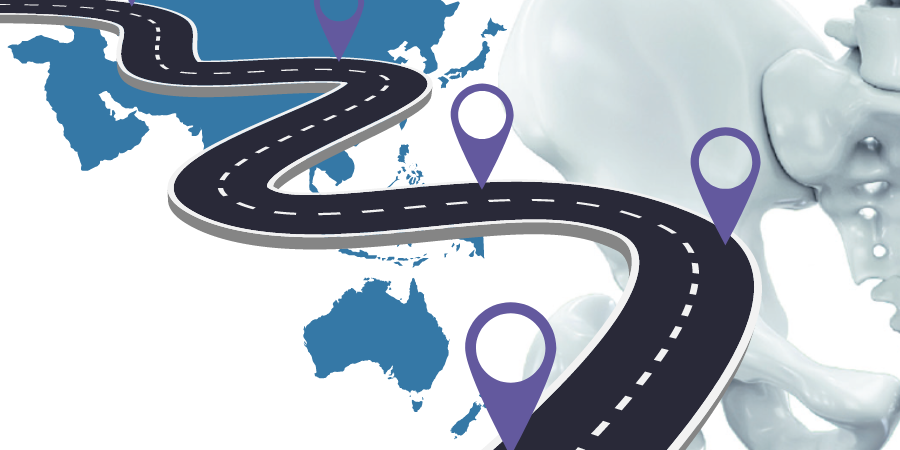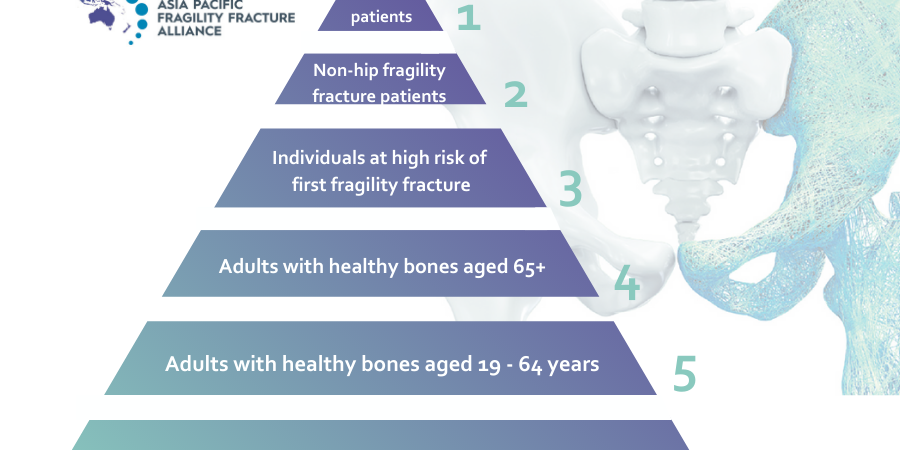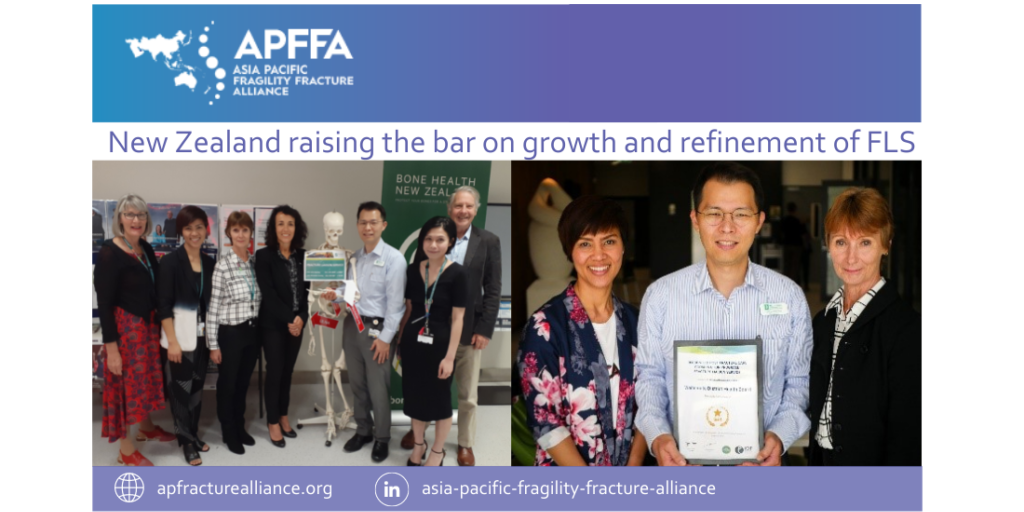China accounts for one-fifth of the global population and an even greater proportion of the world’s older generations. In 2013, the number of people aged 60 years and over reached 200 million in China, constituting 26 per cent of the country’s national population. By 2050, this figure is projected to increase to 49 per cent, equating to 636 million people. Between 2020 and 2040, the number of Chinese women aged over 65 years is expected to more than double, from 91.5 million, to 183.6 million.
While the prevalence of fractures in the entire population of China is yet to be accurately determined, recent studies have suggested the annual incidence of osteoporotic fractures will increase by an overwhelming 135 per cent from 6.9 million in 2020, to 16.2 million by 2040 among post menopausal women alone, reflecting a 121 per cent increase in the associated economic burden, from USD 29.9 billion, to USD 65.9 billion by 2040. Between 2020 to 2040, 241.7 million osteoporotic fractures are projected to cost USD 997 billion for this patient cohort.
The large-scale, cross-sectional, ‘China Osteoporosis Prevalence Study’ published in the Journal of the American Medical Association’s ‘JAMA Network’ on August 16, 2021 – aimed to determine the prevalence of osteoporosis based on bone mineral density (BMD), vertebral fracture, and clinical fracture (defined as fracture events recalled by participants on a questionnaire, in the past five years) among men and women living in urban and rural areas of China.
The study found the prevalence of osteoporosis among adults aged 40 years or over to be 5 per cent among men, and 20.6 per cent among women, and the prevalence of vertebral fracture among men and women to be 10.5 per cent and 9.7 per cent, respectively.
Each participant completed a standardised questionnaire comprising questions about their demographic characteristics, medical history, and risk factors gleaned from in person-interviews. All participants also underwent a dual x-ray absorptiometry (DXA scan) at multiple body sites to measure their BMD. Furthermore, lateral radiography of the thoracic and lumbar spine was performed on 8,800 participants to determine the prevalence of vertebral fracture. Conducted between December 2017 to August 2018, the study recruited more than 20,000 participants from representative regions and urban and rural areas in China.
Analysis of the data pool found the prevalence of clinical fracture in the past five years was 4.1 per cent among men, and 4.2 per cent among women, lower than the prevalence of vertebral fracture. Interestingly, the prevalence of vertebral fracture was significantly higher among male subjects residing in rural areas than their urban counterparts. However, for women, the prevalence of vertebral fracture was not largely different between those living in rural versus urban areas.
The prevalence of osteoporosis among various age groups was examined in the study. Compared to their male counterparts, the prevalence of osteoporosis among the Chinese female participants aged between 70-79 years was found to be more than four times higher (51.3 per cent) than in men (12.3 per cent), while the prevalence of osteoporosis in those aged above 80 years was found to be three times higher (67.5 per cent) in women than in men (21.9 per cent). Most concerningly though, for those aged 60-69 years, the prevalence of osteoporosis was nearly seven (6.87) times higher in the female participants (37.1 per cent) in comparison to the men (5.4 per cent).
Despite the alarming prevalence of osteoporosis, and China’s increasingly ageing population who are most vulnerable to the risk factors, and incidence of, osteoporosis and associated fractures, these conditions remain largely under-treated in China, with only 0.3 per cent of men and 1.4 per cent of women with osteoporosis or a history of fracture, having received anti-osteoporosis treatment. Appropriate weight management and proactive reduction of falls risk were identified as potential mechanisms to lower the burden of fracture in China.
Compared to most American and European countries, the prevalence of osteoporosis among Chinese women was found to be higher, but similar to women living in other Asian countries.
A plausible theory for the high prevalence of osteoporosis among women in Asia may be attributed to genetic factors and lower intake of calcium, vitamin D, and protein in the traditional Asian diet.
Many current osteoporotic fracture prevention policies across multiple countries and regions focus on post-menopausal women. However, this study builds a case for the recognition of high fracture risk in both genders, based on risk factors, and not just BMD. Moreover, this study emphasises the need for prioritising appropriate weight management and mitigation of falls risk strategies as critical public health measures.
Large cross-sectional studies, such as the ‘China Osteoporosis Prevalence Study’, provide our regional osteoporosis and fragility fracture organisation, APFFA, with the necessary robust data required to fulfil our purpose – to drive policy change, improve awareness, and change political and professional mindsets to facilitate optimal fragility fracture management across the Asia Pacific.
To learn more about the various measures APFFA is implementing to promote multidisciplinary collaboration, and to change policy in order to facilitate best practice in the acute care, rehabilitation and secondary prevention of fragility fractures for the region, be sure to follow us on LinkedIn.





